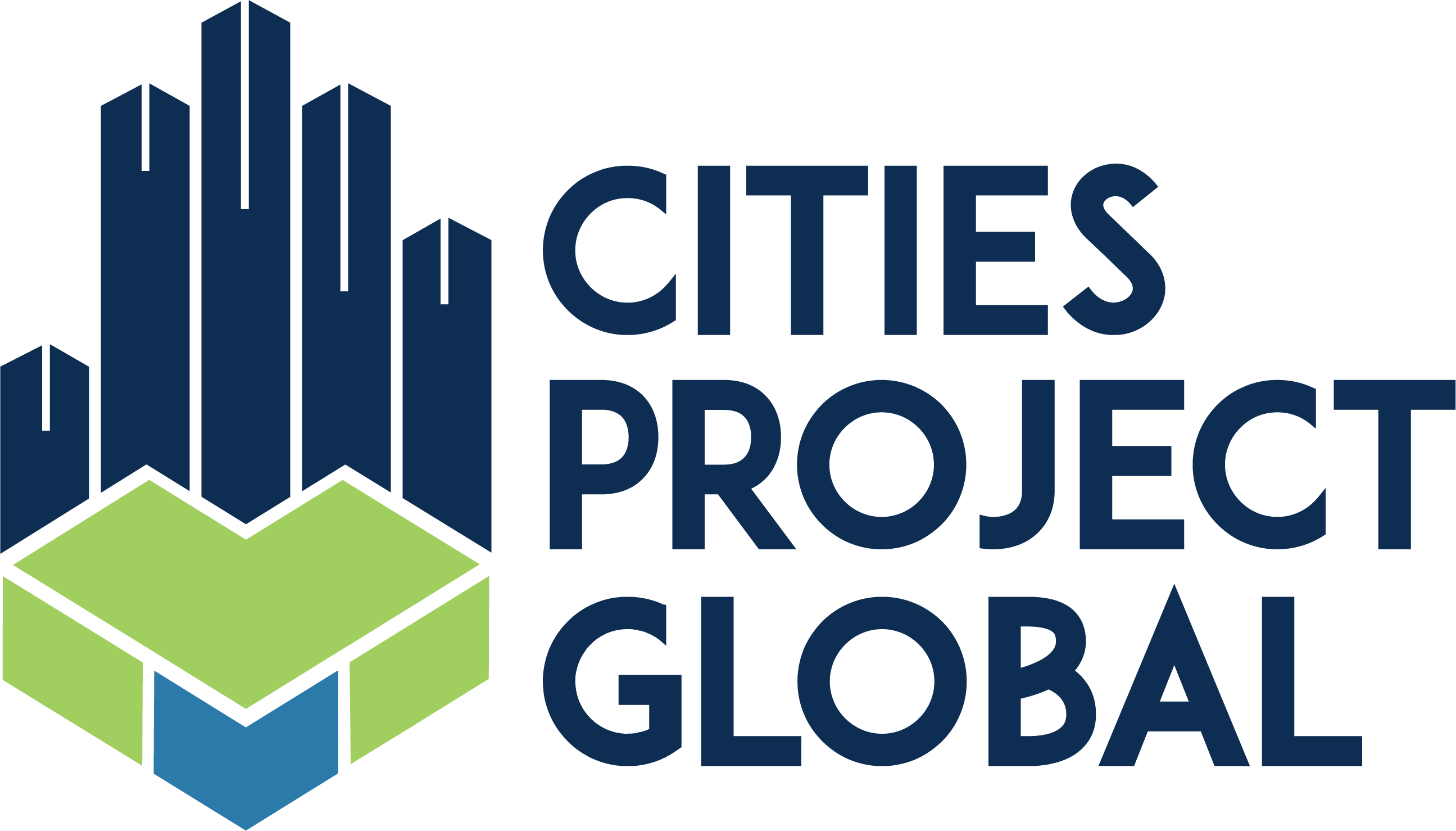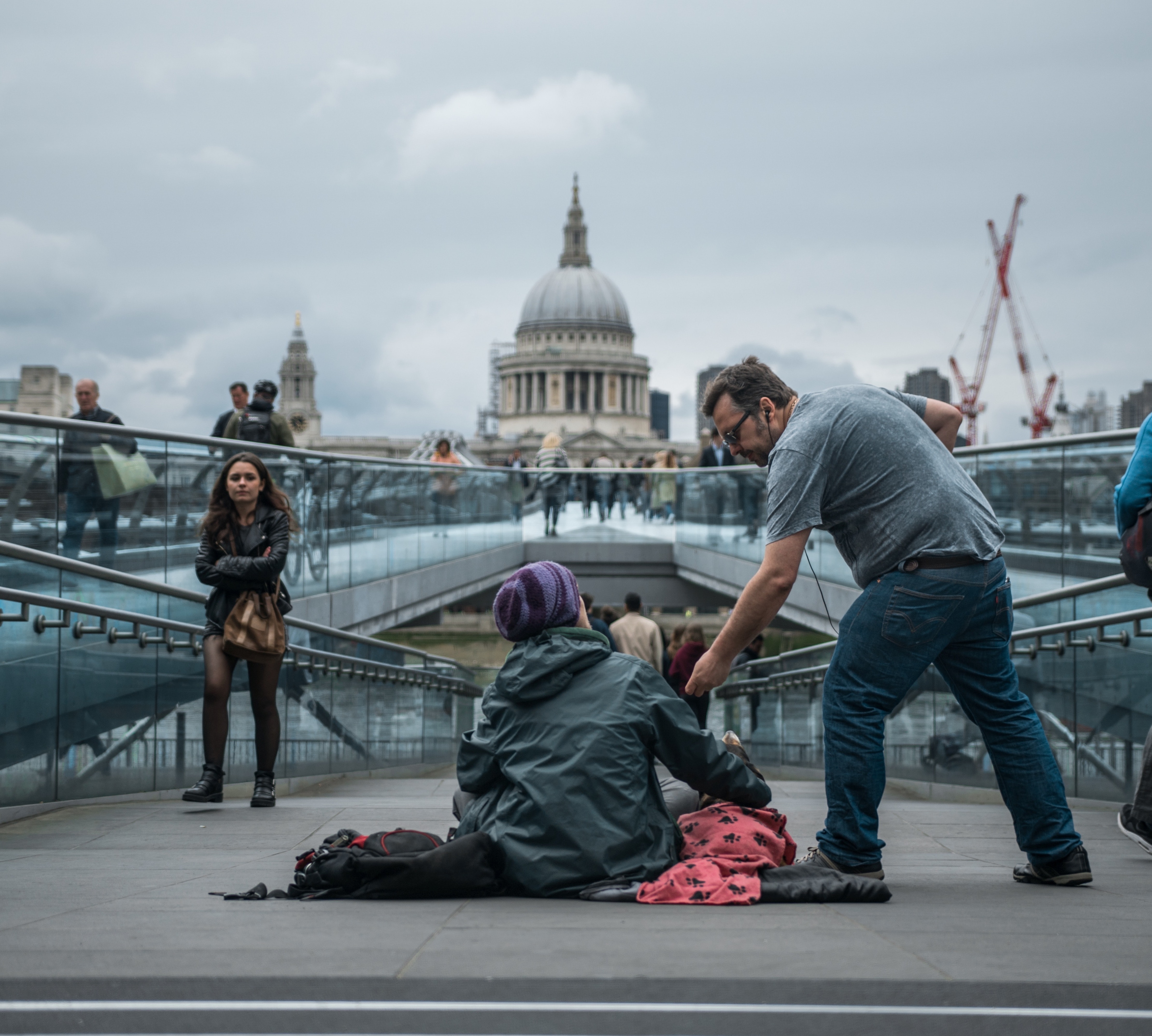When you hear the word righteous, what comes to mind?
Perhaps it’s the slang term that was in vogue in the 60’s to 80s. Or, in the context of church, maybe it conjures up images of biblical greats, untouchable in their moral excellence — if that’s the case, you’re not alone.
Most Christians think of being righteous as being holy, pure, or blameless. While this somewhat captures the ancient Greek worldview, which considered righteousness to be an ideal against which people can be measured. In other words, moral perfection.
But the word has even older, deeper roots in Hebrew thought.
Understanding “doing righteousness” as a verb
The Hebrew word for righteousness is tsaddiq, and it appears roughly 200 times in the Old Testament — especially in the Psalms and Proverbs. Translations try to describe this as the justice underlying a person’s conduct, character, or cause. N.T. Wright sums it up by saying:
The basic meaning of “righteousness” . . . denotes not so much the abstract idea of justice or virtue, as right standing and consequent right behaviour, within a community.
At its deepest roots, righteousness is really more of a relational concept, fulfilling your obligations to others as part of the relationship you have. This provides a little more perspective on a verse like Isaiah 56:1, “Keep justice, and do righteousness.”
Most of us have probably glossed over the “do righteousness” part, writing it off as some linguistic idiosyncrasy carried over from older English translations. But the phrasing as righteousness as a verb is very intentional. It leaves no room for doubt that righteousness is an action we can carry out.*
The three dimensions of righteousness
In Kingdom Calling, Amy L. Sherman offers a three-dimensional perspective on righteousness:
Upward: The “vertical” dimension of righteousness that involves reverent worship and humble dependence on God.
This involves acknowledging that God has made all our successes possible, and success isn’t made on our own steam. As Douglas Sherman notes, work is not about self-fulfilment; it’s about “serving God through serving the neighbor.” Vertical uprightness gives us an eternal perspective, not only viewing things through a temporal lens but seeing things as they could be in terms of God’s promised restoration.
Inward: The state of our hearts and internal purity.
While Pharisees appeared righteous in word and practice, Jesus found their hearts cold toward others. Like Jesus, we should be motivated by compassion towards those less fortunate — not in a sympathetic way, but a much deeper way. The Greek word for “felt compassion” is splagchnizomai and refers to the body’s innards. Jesus saw the hungry crowds with gut-wrenching compassion, and the righteous today are motivated by that same inward stirring toward the oppressed and marginalized.
Outward: The social dimensions of righteousness, involving actions toward our local and global neighbors.
Tim Keller offers this:
Biblical righteousness is inevitably social, because it is about relationships. When most modern people see the word “righteousness” in the Bible, they tend to think of it in terms of private morality, such as sexual chastity or diligence in prayer and Bible study. But in the Bible tzadeqah refers to day to-day living in which a person conducts all relationships in family and society with fairness, generosity, and equity
Vertical love toward God is expressed in horizontal love toward the world and the people he has created.
When these three dimensions of righteousness come together in people’s actions, they might be described as tsaddiqim.
What does “doing righteousness” look like?
Let’s focus on the third dimension of righteousness — outward, or social — and talk about this in a context that we spend a lot of time in but many Christians view as separate from their faith lives: work. Our faith is meant to infuse all areas of life, and there are abundant opportunities to live out our faith in the workplace without even bringing up the gospel explicitly.
Here’s what righteousness could look like:
- A restaurant manager is under pressure to cover up some unsanitary practices she knows are present when a health inspector comes around; however, out of her obligation to be in right standing with her fellow neighbor (the patrons), she does not mislead the health inspector. She is practicing righteousness by caring for the health and safety of others above being loyal to the restaurant’s bottom line.
- An accountant is asked to inflate financial statement numbers in order to look more appealing to investors. But he knows this would be deceptive and could cause harm to them and rob them of making an informed financial decision, so he refuses.
Either of these scenarios could result in trouble for the individual, but tsaddiqim, righteous ones, are willing to disadvantage themselves for the sake of those around them. This is part of their upstanding posture. All humans bear God’s image, and God is in right standing with everyone. Tsaddiqim are fulfilling their relational duties to their fellow image-bearers; by showing love horizontally, they show love vertically to God. This is “doing righteousness.”
“Doing righteousness” produces tangible results bigger than you can imagine
Being righteous — being a tsaddiq — is about more than being on your best behavior to achieve a state of moral purity; it’s about making communities and cities flourish the way God intended. Righteousness is an act of restoration and a foretaste of God’s kingdom to anyone who encounters it.
Proverbs 11:10–11 says that upright citizens are good for a city and make it prosper — why is that?
Perhaps you’ve read Catherine Ryan Hyde’s novel Pay it Forward or seen the movie; if not, you’re still probably familiar with the idea of “paying it forward.” One person does some act of kindness toward another person, and then that person does three acts of kindness toward three different people, and so on. The idea is that kindness can ripple out through a society, ultimately changing the world for the better.
But imagine if leaders lived like this by default, like tsaddiqim — what change do you think you’d see in your city?
What righteousness looked like for the Israelites
Giles Gravelle describes the practice of righteousness in ancient Israel as an intentional effort with the community in mind:
In the Old Testament, we read about community leaders (tsaddiqim) who assembled at the gates of the town to practice justice for the benefit of the community . . . These leaders, through their humility and passion for God’s rule, practiced fairness, equity, and unity. This created stability which caused the whole community to flourish.
This gate is where the Israelites came for justice; Job was a leader here, and this is where Boaz advocated for Ruth. These leaders, deeply concerned with lifting up the oppressed, stood in contrast to other corrupt leaders who defined justice and right-standing on their own terms, pushing people down in order to gain power and status themselves. Today’s corporate culture, which is built on competition, bears an unfortunate resemblance.
How can you practice righteousness today?
Sherman provides meaningful insight into how individuals and communities of believers should practice righteousness today. She notes that the assembly of the tsaddiqim at the gates in ancient Israel was referred to as the ecclesia, and this is the word Paul uses for “church” despite other words being available.
This holds profound implications. According to Paul, church is intended to be an assembly of upright people to make decisions for the common good of their communities. Church is not meant to be insular; it is supposed to be a collective effort of righteousness directed outwards, in service of the community.
If our faith and righteousness is supposed to be so community-oriented, doesn’t that mean we have ample opportunity to “do righteousness” in our respective spheres of influence through our unique giftings?
- Executives and managers can form good relationships with their teams and advocate for workplace policies that benefit employees who are typically unseen and underserved in corporate settings
- Architects and engineers can design buildings to be accessible all, meeting the maximum safety standards and in a way that does not negatively impact the environment, polluting local and global communities
- Artists can create works of beauty in public spaces to commemorate local heroes who worked for social justice and lifting up the oppressed
We are all uniquely gifted and positioned to “do righteousness” and become tsaddiqim in different spheres of influence for the good of our communities and cities. Where are you positioned?
*This is not to make the mistake of thinking salvation can therefore be achieved via works; there is no replacement for the grace of God. We are only seen as righteous in the Greek sense (moral purity) through the sacrifice that Jesus made.
This article is part of an ongoing series exploring what it means to live out the Christian faith in all areas of life: family, media, church, art & entertainment, education, government, commerce & technology.
©2021 Cities Project Global


Recent Comments